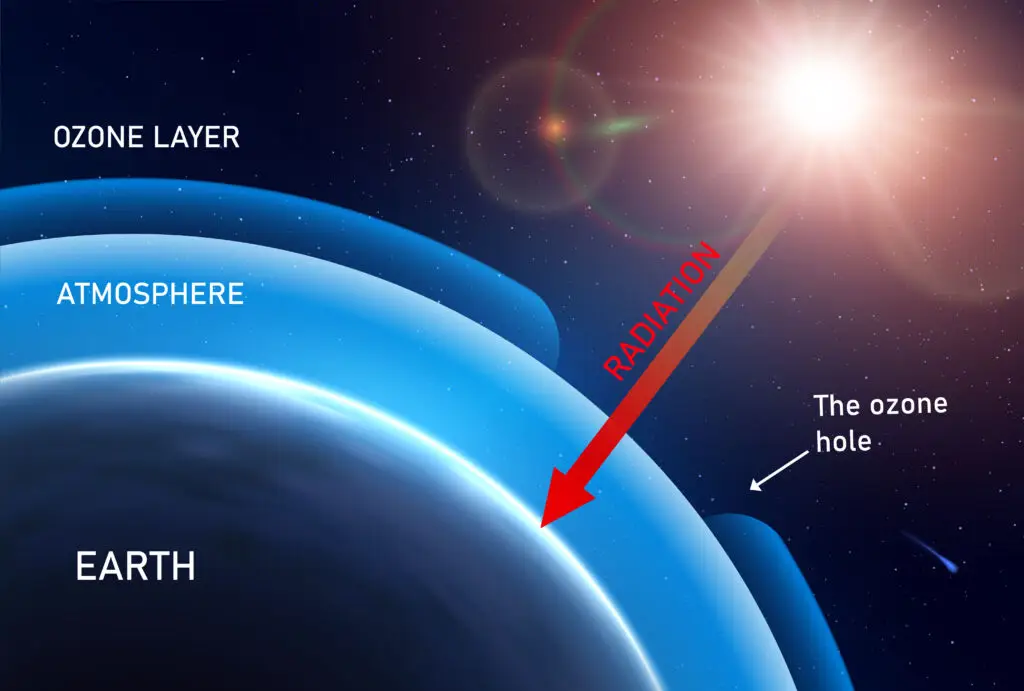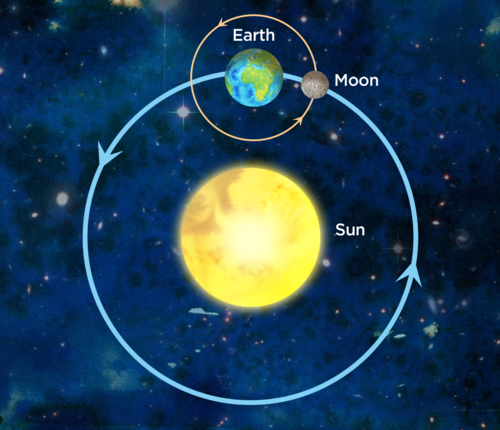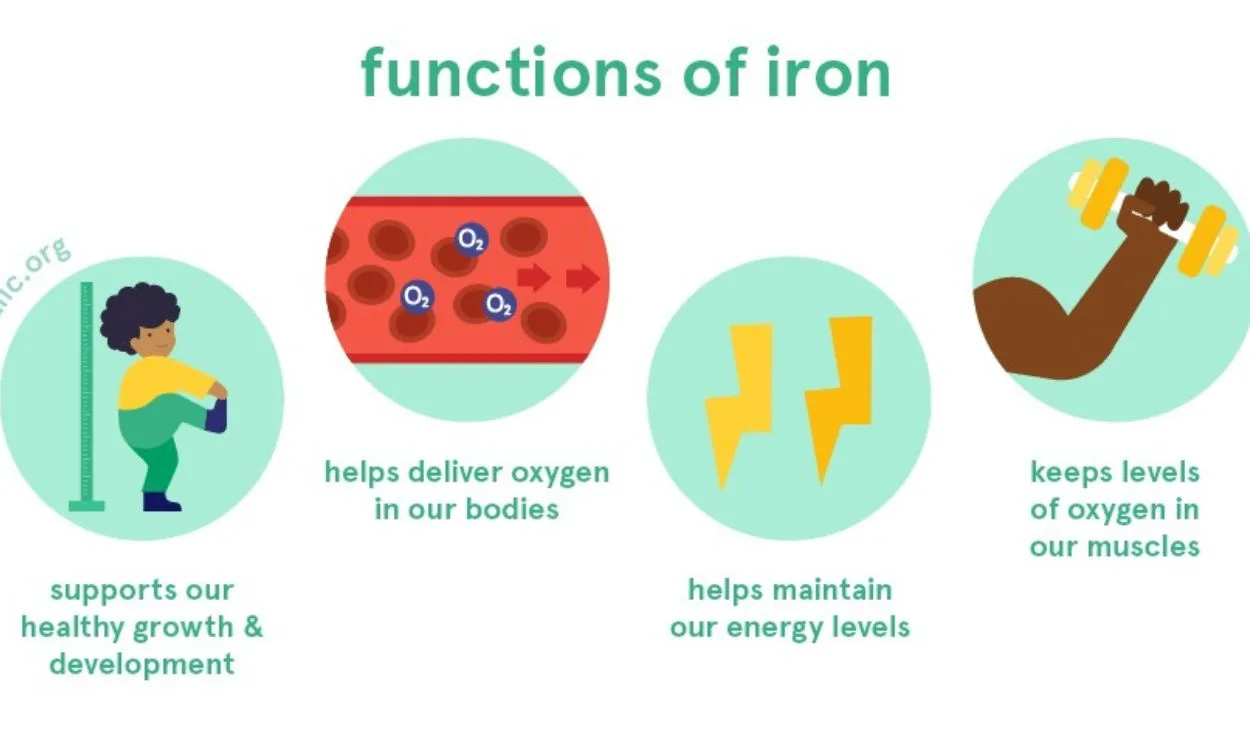Over time, as human knowledge of science has expanded, it has become increasingly evident that the Quran contains insights that align with modern scientific discoveries. For many believers, this serves as evidence of the Quran's divine origin, as it touches upon facts that were unknown to humanity at the time of its revelation. This article explores key facts about science and technology mentioned in the Holy Quran, focusing on areas where the sacred text has foreshadowed modern scientific knowledge.
1. The Big Bang and the Creation of the Universe
One of the most significant scientific insights offered by the Quran relates to the creation of the universe. In modern science, the Big Bang theory suggests that the universe began as a singularity and has expanded ever since. The Holy Quran alludes to this concept in the following verse:
This verse mentions the heavens and the earth being a "joined entity" before being separated, which resonates with the Big Bang theory’s description of the universe's origin. Additionally, the verse refers to the importance of water in creating life, which aligns with modern biological knowledge that water is a fundamental requirement for life.
2. The Expanding Universe
In addition to describing the creation of the universe, the Quran also mentions its expansion, a concept only discovered by scientists in the 20th century. Edwin Hubble's observations in 1929 provided evidence that galaxies are moving away from each other, indicating that the universe is expanding. Yet, over 1,400 years ago, the Quran referenced this idea:
This verse mentions the "expanding" nature of the heavens, which closely aligns with the modern understanding of an expanding universe.
3. The Development of the Human Embryo
The Quran provides an extraordinary description of the development of the human embryo, a process that modern science has only come to understand through advanced technology. In the following verses, the Quran describes the stages of embryonic development in remarkable detail:
The term “alaqah” refers to a stage where the embryo clings to the uterine wall, similar to the way a leech attaches to a host. This description is remarkably consistent with how early embryonic development takes place. The “mudghah,” which means a chewed-like substance, also refers to the somite stage of development where the embryo takes on a segmented appearance, much like something that has been chewed. This is a concept that was only confirmed in modern embryology with the advent of microscopes and imaging technology.
4. The Protective Layers of the Earth’s Atmosphere
The Earth's atmosphere plays a crucial role in protecting life on the planet, shielding it from harmful radiation and meteors. The Quran contains a reference to the protective nature of the sky:
Modern science confirms that the Earth's atmosphere acts as a protective barrier, filtering ultraviolet radiation and burning up meteors before they can reach the surface. The layers of the atmosphere, including the ozone layer, stratosphere, and magnetosphere, all work together to protect life on Earth, a concept hinted at in this verse.
5. The Mountains as Pegs
The role of mountains in stabilizing the Earth's crust is another area where the Quran aligns with scientific discoveries. According to modern geology, mountains play a significant role in stabilizing the Earth's tectonic plates by acting as pegs that anchor the Earth's crust. The Quran makes a strikingly similar statement:
Geologists have discovered that mountains indeed have deep roots and function as stabilizers for the Earth's surface. The Quran's use of the term "stakes" or "pegs" is a powerful metaphor for the function of mountains.
6. The Movement of the Sun and the Moon
Today, we know that the sun moves in an orbit around the center of the Milky Way galaxy, and the moon orbits the Earth. This concept of celestial bodies "swimming" through their orbits aligns perfectly with the current understanding of astrophysics.
7. The Water Cycle
The water cycle is an essential process for sustaining life on Earth. It involves the evaporation of water from the Earth’s surface, its condensation into clouds, and its eventual precipitation back to the Earth as rain. The Quran contains several verses that describe this process:
These verses capture the essential steps of the water cycle: the formation of clouds, the collection of water vapor, and the precipitation of rain. The fact that the Quran describes this cycle in such detail centuries before meteorology was established is remarkable.
8. The Role of Iron
The Quran also makes a unique reference to iron, emphasizing its significance for humanity. Interestingly, modern science reveals that iron is not native to Earth but was brought to our planet by meteors:
This verse not only highlights the importance of iron but also uses the phrase "sent down," which aligns with the fact that iron came to Earth from space. Scientists have confirmed that iron was delivered to Earth through meteorites, making this verse both scientifically accurate and profound.
9. The Existence of Barriers Between Seas
Scientists have observed that when fresh and saltwater meet, a physical barrier prevents them from mixing immediately due to differences in salinity and density. This verse accurately describes this natural occurrence.
10. The Importance of Bees and Honey
The Quran highlights the importance of bees and the benefits of honey, a fact that aligns with modern scientific understanding of bees' essential role in ecosystems and the medicinal properties of honey:
Modern science has confirmed the health benefits of honey, including its antibacterial properties and its use in wound healing.












